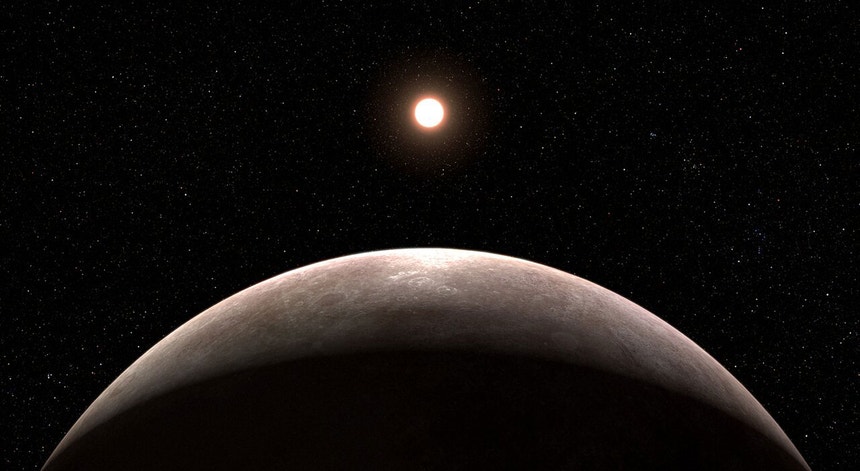It was Webb’s first confirmation of such planets.
The telescope was able to analyze the planet’s type, orbit and part of the atmosphereformally classified as LHS 475 b, leading to the conclusion that it is a rocky planet practically the size of Earth, with 99 percent of the diameter of ours, whose orbit is completed in just two days, data revealed almost instantaneously by the telescope.
“There is no question that the planet is there. Webb’s pristine data validates that,” replied Jacob Lustig-Yaeger, who, with his colleague Kevin Stevenson, both at the Johns Hopkins University Applied Physics Laboratory in Laurtel , Maryland, leads the study.
“The fact that it’s also a small rocky planet is also considered impressive,” he added during the study’s presentation to the American Astronomical Association on Wednesday.
a new frontier
Observations from the Johns Hopkins Applied Physics Laboratory open the possibility of finding other Earth-sized planets orbiting red dwarf stars.
“Confirmation of this rocky planet underscores the accuracy of the mission’s instruments,” said Stevenson. “And it’s only the first of many discoveries we’ll make.”
“With this telescope, rocky exoplanets become the new frontier“We are at the forefront of studying small rocky exoplanets,” Lustig-Yaeger agreed.
“These first observable results from an Earth-sized rocky planet open the door to countless future possibilities for studying rocky planet atmospheres through Webb,” said Mark Campin, director of the Division of Astrophysics at NASA Headquarters. “Webb is bringing us ever closer to an expanded understanding of Earth-like worlds outside the Solar System and the mission has just begun.”
Matter of atmosphere
Lustig-Yaeger and Stevenson’s team chose to observe this target through Webb after carefully evaluating data collected by NASA’s Transiting Exoplanet Analysis Satellite, TESS, which suggested the planet’s presence. The telescope clearly and easily confirmed the previous clues in just two passes through its infrared spectrograph.
Although LHS 475 b is closer to its star than any other planet in the Solar System, the red dwarf it orbits is half the temperature of the Sun, so researchers assume it may maintain the atmosphere.
The problem is figuring out which one and even if it exists.
Among all currently operational space telescopes, only Webb can characterize the atmospheres of Earth-sized exoplanets. John Hopkins’ team has tried to analyze that of LHS 475 b across the transit spectrum but has not yet been able to draw reliable conclusions.
“The data from the observatory is beautiful,” said Erin May, from the same lab. “The telescope is so sensitive that it can easily detect different molecules, but we don’t have any definitive conclusions yet.”
While the team does not yet know what is present in LHS 475 b’s atmosphere, they have been able to determine what it does not contain. “There are some Earth-like atmospheres that we can rule out,” Luslig-Yaeger explained. “It cannot have a thick methane-dominated atmosphere similar to Saturn’s moon Titan.”
The study also notes that while it is possible that the planet has no atmosphere, there are some compositions that cannot be ruled out, such as an atmosphere of pure carbon dioxide.
“Counterintuitively, a 100% carbon dioxide atmosphere is much more compact which is difficult to detect,” Lustig-Yaeger explained. Even more precise measurements are needed for the team to distinguish one case from another. The researchers hope to get more data with new observations this summer.
Webb also revealed that the planet’s temperature is a few degrees higher than Earth’s, therefore, if clouds are detected, it could lead researchers to conclude that the planet is more like Venus, which has a carbon dioxide atmosphere and whose surface is permanently hidden by a blanket of thick clouds.


